

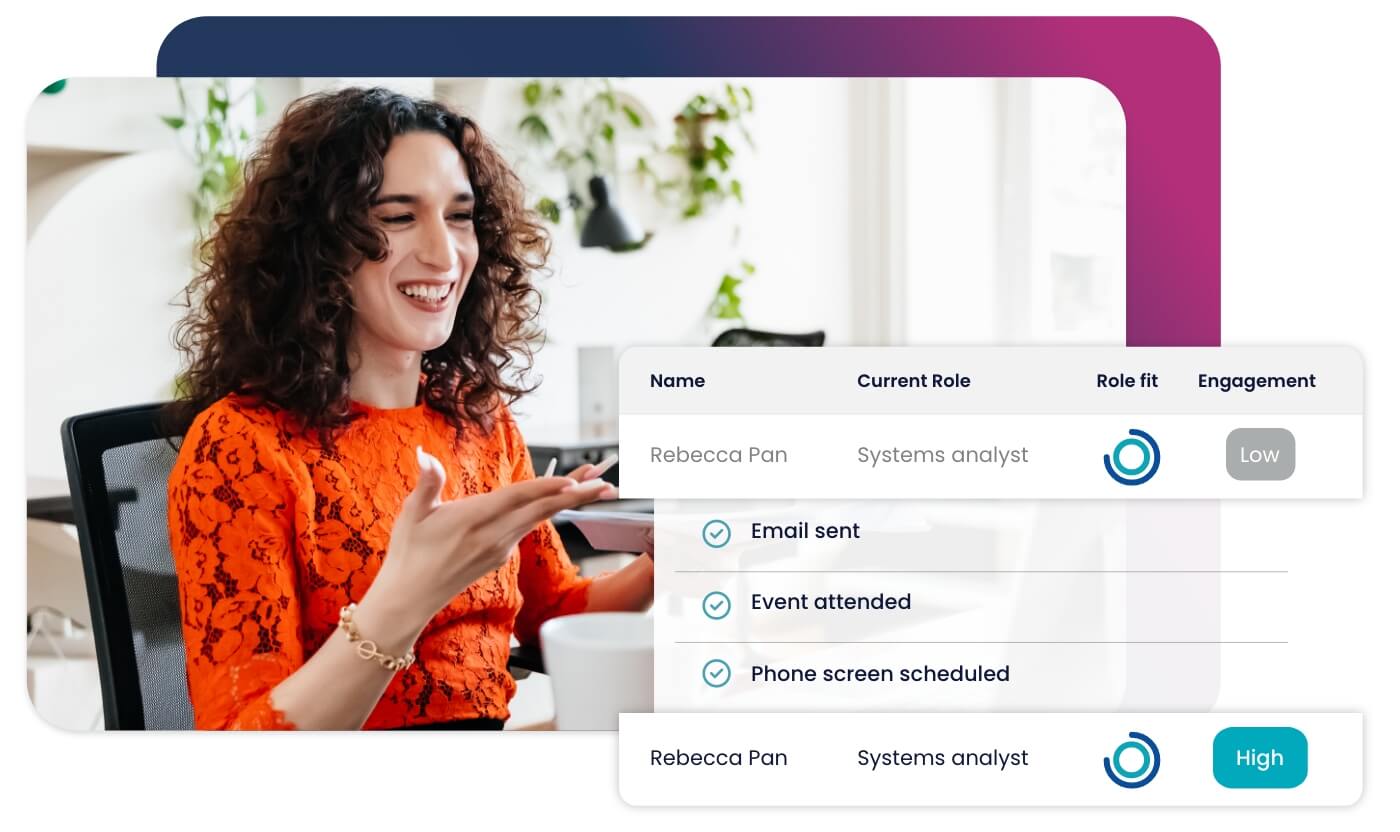
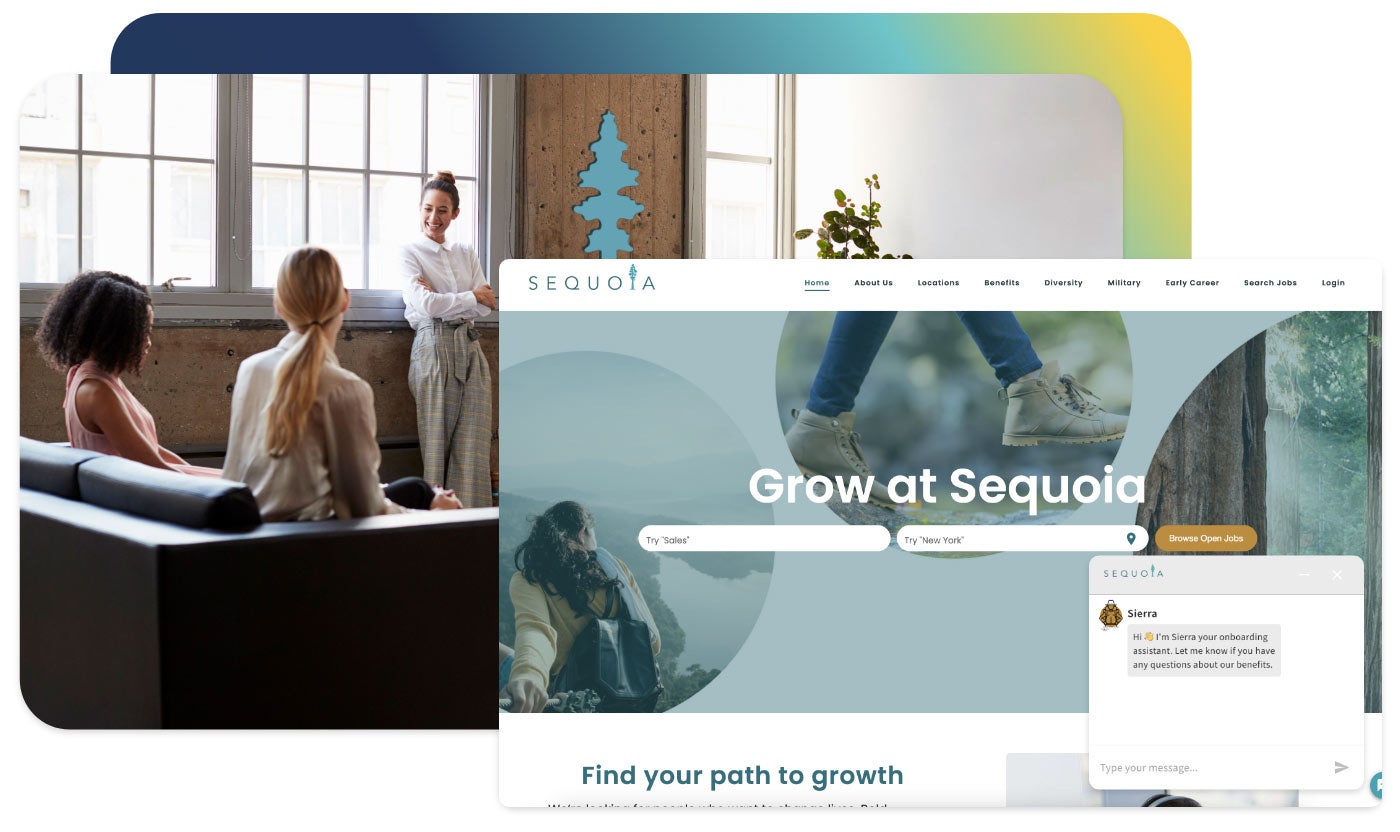


Accelerate hiring key talent to deliver care and exceed patient satisfaction.

Attract skilled candidates, speed up hiring and grow expertise in your workforce.

Simplify recruiting finance and banking talent with a platform for hard-to-fill roles.


Build a talent pipeline that engages and drives your business forward.


See how diverse and global enterprises use iCIMS to employ millions, drive innovation and connect communities worldwide.

Uncover unique market insights, explore best practices and gain access to talent experts across our library of content.


View press releases, media coverage, the latest hiring data and see what analysts are saying about iCIMS.

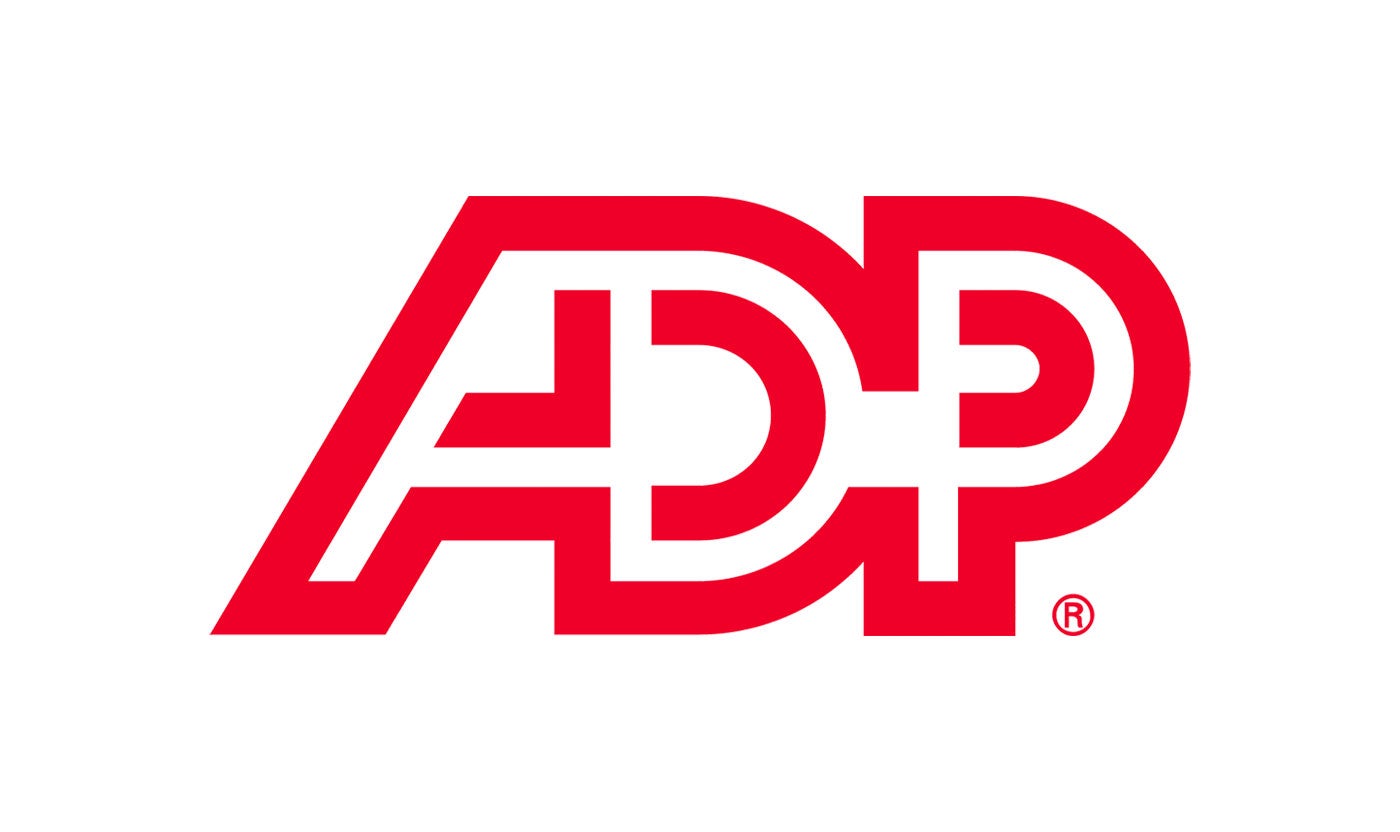
Streamline your tech stack and take advantage of a better user experience and stronger data governance with ADP and iCIMS.
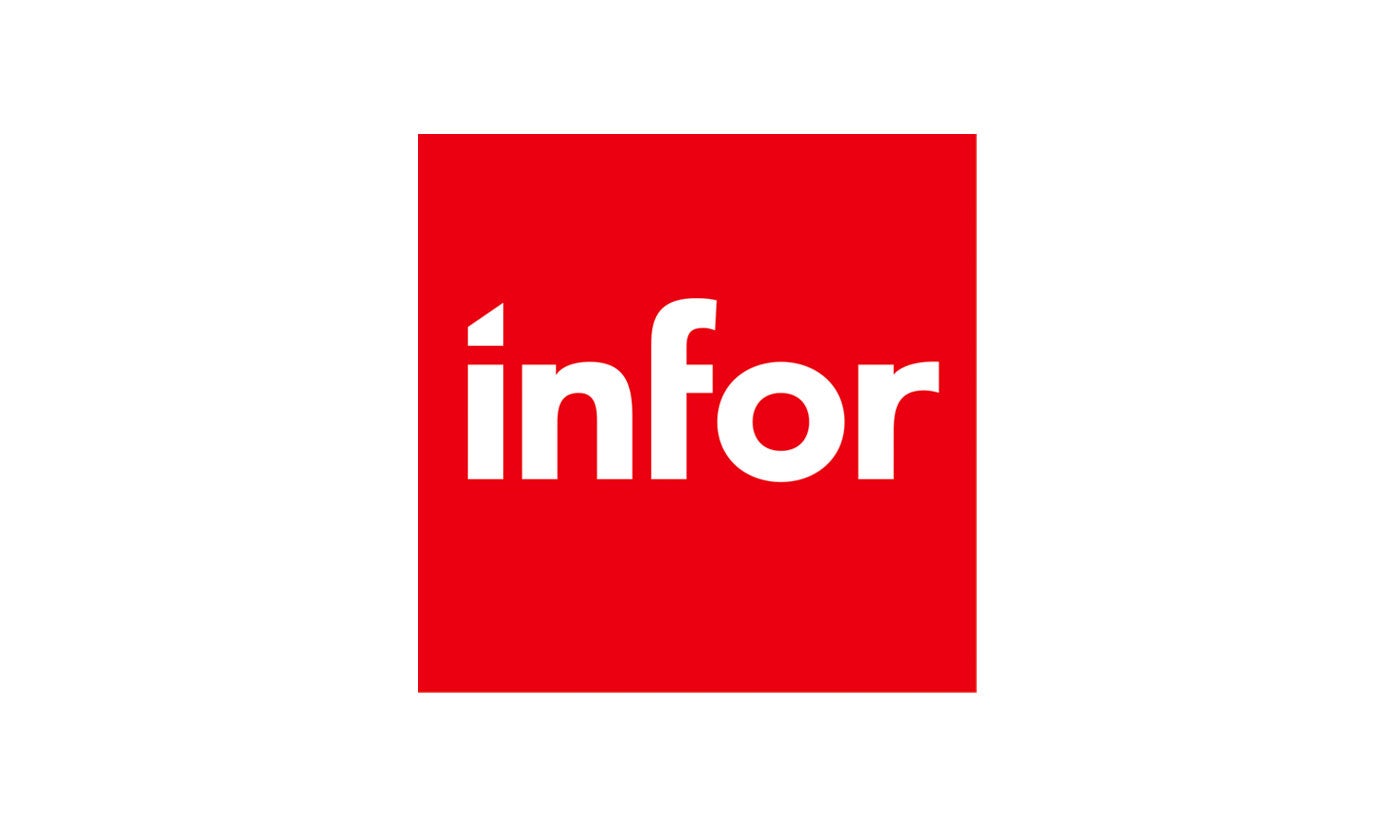
The combined power of iCIMS and Infor helps organizations strategically align their business and talent objectives.
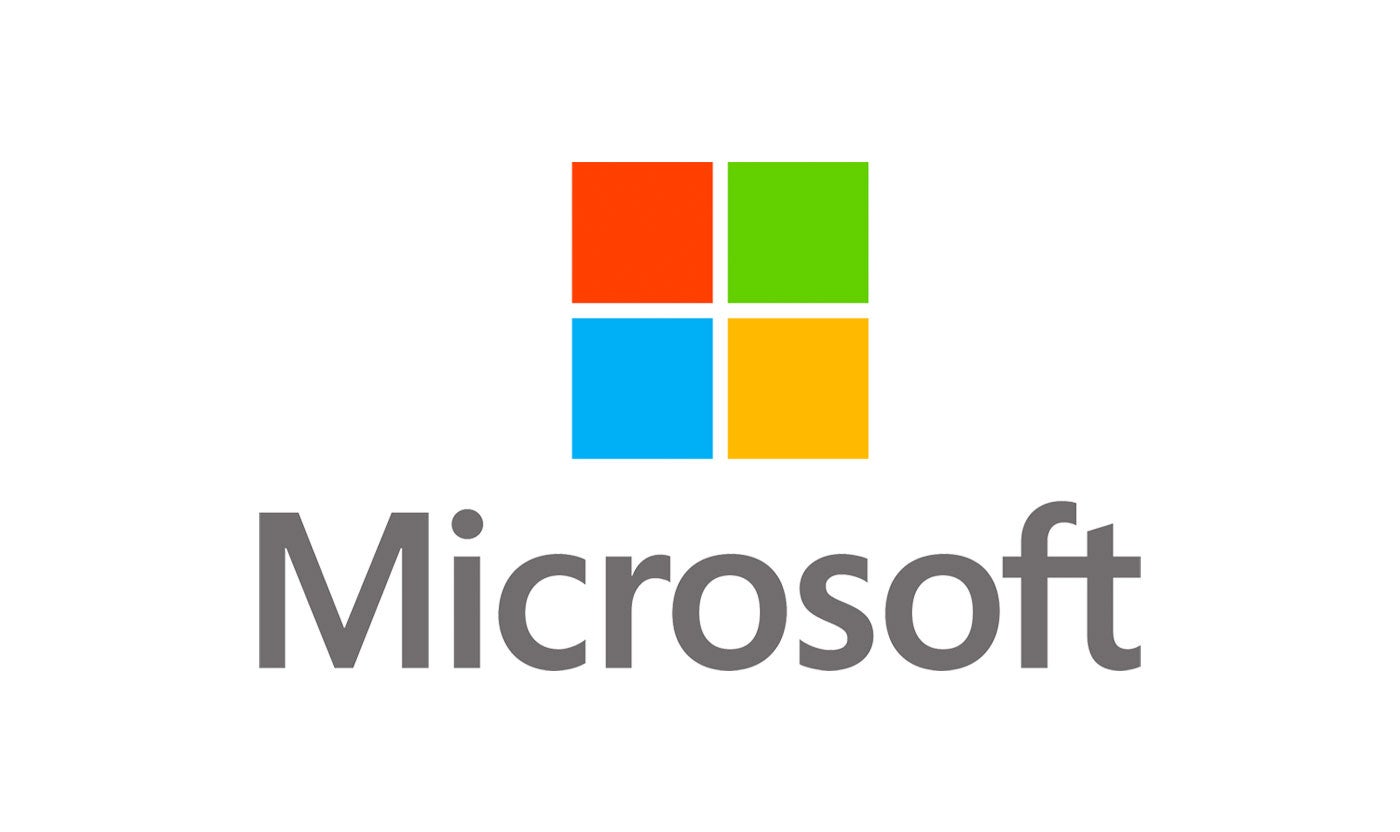
Our award-winning partnership with Microsoft is grounded in a shared desire to transform the workplace and the hiring team experience.
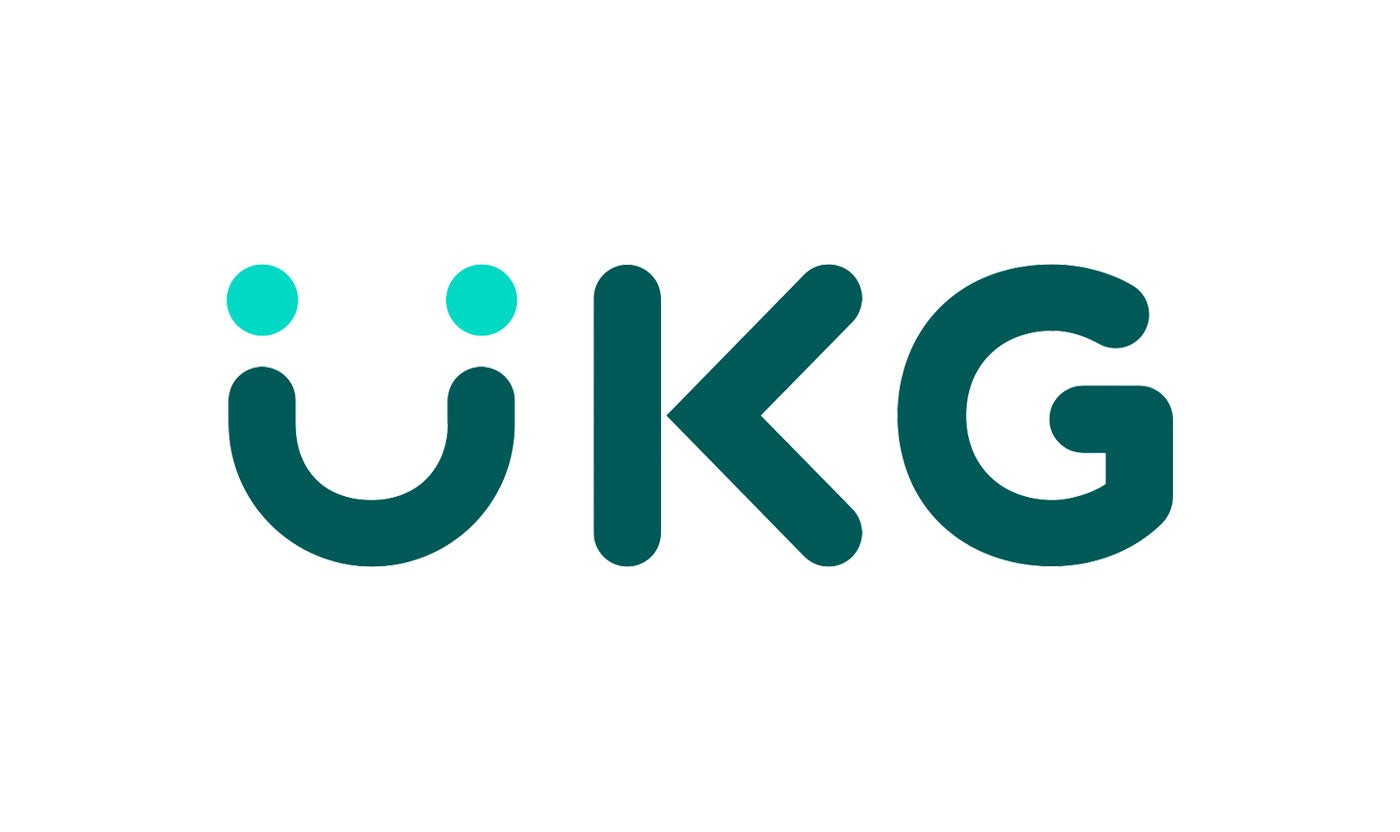
Our partnership with Ultimate Kronos Group (UKG) supports the entire talent lifecycle by bringing frictionless recruiting solutions to UKG Pro Onboarding.

Just as the talent market began to stabilize in July 2022, whispers of a recession created a sense of uncertainty among CEOs and their people leaders. Talent acquisition, in particular, has slowed down. Many companies are implementing hiring freezes as a preemptive strike against a potential economic downturn. But, is that the right call?
More than 10 million jobs remain open in the U.S., indicating that organizations still need skilled employees to keep their businesses running. Late-stage startups are also scooping up experienced talent who were laid off by larger companies.
Talent leaders who put their strategies on hold risk losing out on this top talent. While it’s important to protect your organization from the unknown, you also need to stack your workforce with the bright minds that will support your company through economic instability.
So, what can you do to move your organization forward even when hiring isn’t a top priority? You can kick engagement efforts into high gear in two important ways:
Keep reading to learn more about these two strategies you can use to do more with less during an economic downturn.
Already have a plan? Talk to an expert today to learn how we can help you put it into action.

Talent pipelines are like a leaky bucket. You’re always pouring water in, but holes at the bottom allow some of the water to drain. If you stop adding water completely, you’re inevitably going to run out.
When the headwinds change and hiring picks up again, talent teams who’ve stopped pouring into their bucket will be at a disadvantage. With a small pool of unengaged candidates, they’ll need to start sourcing talent from scratch. On the other hand, your organization can outpace the competition and win top talent by starting with an engaged pool of candidates.
No doubt, you have a database of candidates whose skills fit the roles you hope to hire for soon. Sending regular touchpoints to these people will allow you to maintain their interest in your brand and can yield valuable data to guide your TA efforts.
This was Mott MacDonald’s strategy. The global engineering firm used marketing automation software to send campaigns to its pipeline of 25,000 job seekers. This automation software allowed them to track candidates’ online behavior (clicked the email, watched video, visited the hiring manager’s LinkedIn profile—you get the idea) and then scored them as cold, warm or hire-ready. With this critical information, its recruiters were able to focus their efforts on the most engaged talent. When jobs opened, they had a warm bench of candidates to pull from. This strategy helped the company of 16,000 increase direct sourcing by 10x and cut down on agency spending.
Another way to build your talent pipelines during the hiring slowdown is to review and improve your candidate experience. Look for ways to strengthen your employer brand and reduce friction points that deter job seekers from applying for positions at your company.
PetSmart’s talent team experienced measurable success with this approach.
After talking to candidates and associates, PetSmart found it needed to evolve how the hiring team communicated with job seekers. Different people enjoy different types of content. So, they executed a complete career site refresh to include the elements that resonated best with their candidates. Key improvements included:
After making these improvements, PetSmart experienced an 8% average month-over-month increase in traffic on its career site. The time job seekers spend active on a page increased by 60% and applicant conversion went up by 7%.
The PetSmart team also discovered that those who do apply are much more qualified. This is great news for talent leaders who need to scale back their nurture strategy due to reduced budgets. More qualified talent at the top of your hiring funnel leads to more qualified talent at the bottom.
Recruiters who have a pipeline of highly skilled candidates to work with can be more strategic with their time. Rather than spending time and effort weeding out those who aren’t a good fit, recruiters can use their ATS to identify and nurture those who are. Take this workflow, for example:
When every email, phone call and button click costs more today than it did yesterday, these tactics help recruiters work more efficiently to extend the value of your dollar.
Learn more about how the right investment in TA tech can support a tighter hiring budget.

The employees who drive your organization’s current success are the same ones who’ll get you through tough times. As we learned earlier, your competitors are on the hunt for skilled workers. If your top employees leave, there’s no guarantee that they’ll come back. It is more critical than ever to retain them.
While the restraints of uncertainty are in play, talent leaders can still take action to inspire a culture of mobility and retain their workforce.
After all, the unknown can be scary for your employees, too. Doubts may start to enter their minds, like “How will the company survive this recession? Should I jump ship before the fallout? I’m not sure what my future looks like here, anyway.” A clear vision and career path can inspire your workforce to go all in on your organization’s strategy and goals, even when times are tough.
One simple way to inspire a culture of mobility is to host career path panels. Invite employees to explore interests outside their current team or field with a series of one-hour Q&As hosted by different departments featuring employees in a variety of roles and levels. As panelists talk about their personal career journeys and answer questions, they can benefit from recognition and visibility, and employees can find inspiration for their own paths within your company. Making the events open to all allows you to peel back the curtain on opportunities that your employees could never have envisioned from internal job listings alone.
Then, empower your workforce to act on their career aspirations by updating their skills profiles within your talent marketplace. Your talent management team can mention this in a text or email to attendees of the panel as a way to recognize and encourage their interest in internal mobility.
Another way to retain employees is to flag those who might be a retention risk. Talent teams can identify these employees through your internal talent marketplace and match them to a better-fitting open role within the company. This can mitigate turnover and save money for your recruiting organization. By helping experienced employees transition into specialized roles that are traditionally more expensive to fill, recruiters can spend more time on forward-looking strategies, such as building and nurturing your pipeline.
To keep your talent strategy intact during an economic slowdown (or even a perceived one), recruiting organizations need the right technology. Piecing together one-off solutions requires time and a budget that you likely don’t have. Instead, you need a comprehensive platform that can be as flexible as the current economic landscape.
iCIMS Talent Cloud is the all-in-one hiring and talent mobility platform that delivers enterprise solutions across every stage of the talent journey. Its flexibility and innovation allow recruiting teams to make better connections, identify the most qualified candidates and retain the talent essential to running your organization.
Learn more about how iCIMS Talent Cloud can help you stay agile through changing times.




